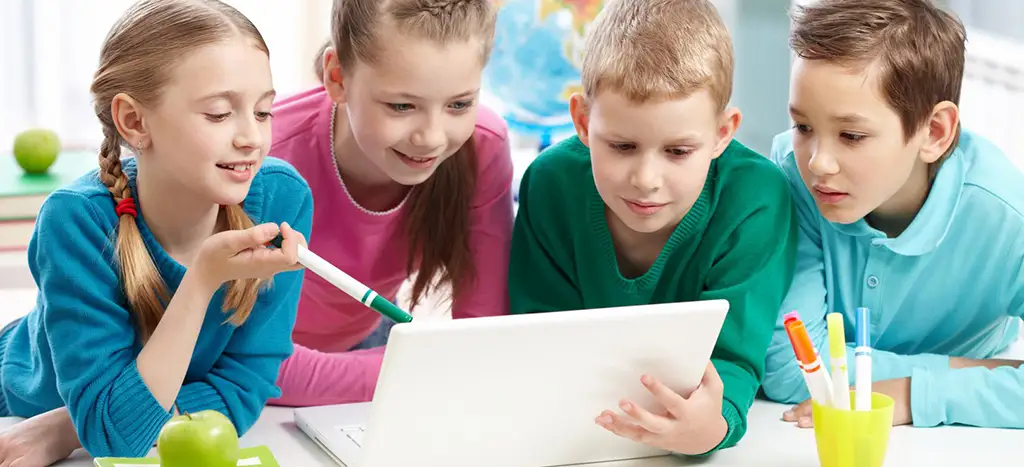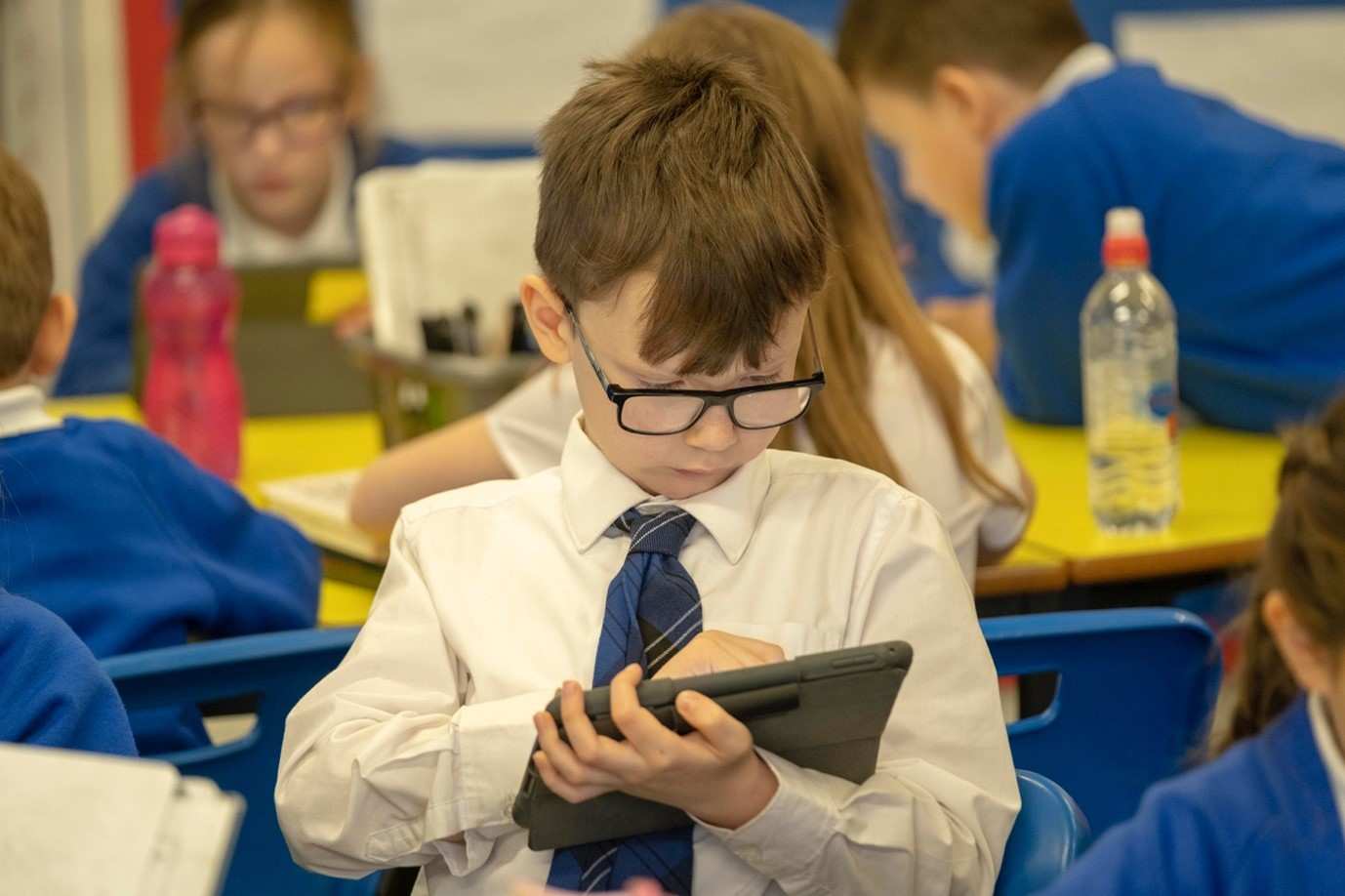
How to Make the Journey Great: Reading into Writing
September 24, 2021 | 4years | Giglets News
Reading and writing are intrinsically linked, and teachers see the benefits of teaching writing by connecting their pupils’ writing with a reading stimulus.
Why are we writing?
Think about the last time you wrote something, on screen, on paper or even on your hand. What was it? Why did you need to write it down? The reason, or purpose, gets us started.
Sometimes reasons for writing present themselves organically. Is there something in the area that makes your pupils want to write to their local council? Have your pupils recently enjoyed reading or listening to a fairy tale like the Snow Queen? Would they like to try creating their own? At other times, bound by a curriculum and forward plans, we can be handed a reason for writing. Whichever it is, we can control the stops along the way and make the writing journey and the writing output (that final destination) enjoyable and worthwhile for everyone in the class.
How do we begin?
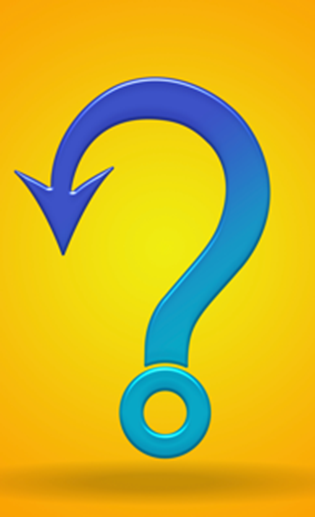 Once you have the ‘Why?’ (purpose), and that often leads to the ‘What?’ (form), it’s essential that your pupils are engaged and invested in the writing they will create. That’s why every writing journey should start with a ‘hook’.
Once you have the ‘Why?’ (purpose), and that often leads to the ‘What?’ (form), it’s essential that your pupils are engaged and invested in the writing they will create. That’s why every writing journey should start with a ‘hook’.
Hooks create a miniature mystery and allow your pupils to explore what they know already and what they don’t. The gaps in what they know can be filled by pupils using their imaginations, hypothesising and predicting. There are many ways to hook your pupils at the start of your writing journey. Some hooks are ready for you in Giglets, such as theme music, animations and engaging illustrations. You can also create hooks yourself with only a tiny amount of preparation.
Take theme music, for example. Before even beginning to read, write or analyse a text type, pupils have an exciting stimulus that they experience through listening.
Pupils might:
- predict what will happen in a story,
- imagine the characters and setting, or
- describe the music they have heard.
This activity helps pupils build a picture in their mind’s eye.
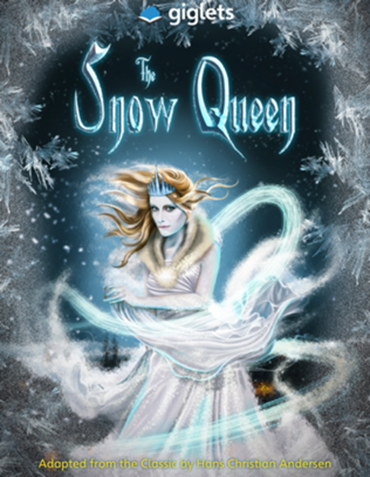 The Snow Queen is an animated adapted classic on Giglets. It includes theme music, animation and a suite of supporting resources focused on reading comprehension and higher-order thinking. In listening to the theme music for The Snow Queen, your pupils might connect the sound of the higher-pitched quick-moving notes to thoughts of swirling snowflakes. That might remind them of other texts, like the Harry Potter series, or remind them of a time when they built a giant snowman with their friends. It can encourage them to consider how this text will be similar or different to their prior knowledge.
The Snow Queen is an animated adapted classic on Giglets. It includes theme music, animation and a suite of supporting resources focused on reading comprehension and higher-order thinking. In listening to the theme music for The Snow Queen, your pupils might connect the sound of the higher-pitched quick-moving notes to thoughts of swirling snowflakes. That might remind them of other texts, like the Harry Potter series, or remind them of a time when they built a giant snowman with their friends. It can encourage them to consider how this text will be similar or different to their prior knowledge.
Fuelling the writing journey with a hook means that children are engaged before reading and long before they lift a pencil. Whether you create your hooks or use those that are ready-made within Giglets, they are an excellent tool for starting on the right track.
Where should we stop along the way?
It can be tempting to spend a great deal of time composing while working on an extended piece of writing. However, your pupils will benefit from balance, with time spent engaging and motivating them to write, preparing them to write, refining their work and celebrating their final pieces.
While every writing journey will respond to the specific needs in a class and relate directly to the final output, a balanced journey may include many of the following:
- An oracy task is ideal for generating ideas that can inform planning later. Oracy tasks may focus on developing vocabulary, expanding, exploring and improving sentences or exploring character points of view.
- A spelling, punctuation or grammar task that will directly impact the final writing output.
- Analysis of a model text so pupils can identify features of writing both as a whole piece and on a paragraph or sentence level.
- Teacher modelling (potentially leading to shared writing) gives pupils an insight into how a writer works. While the output is seen on paper, this gives your pupils a better understanding of components not seen on the page.
- Planning helps pupils keep their writing on track and reminds them of the key ideas and features to include. The plan can be a working document that changes even during the writing process.
- Drafting, editing and refining should be a continual process rather than a standalone event within which the teacher can prompt children to edit for accuracy and refine their content.
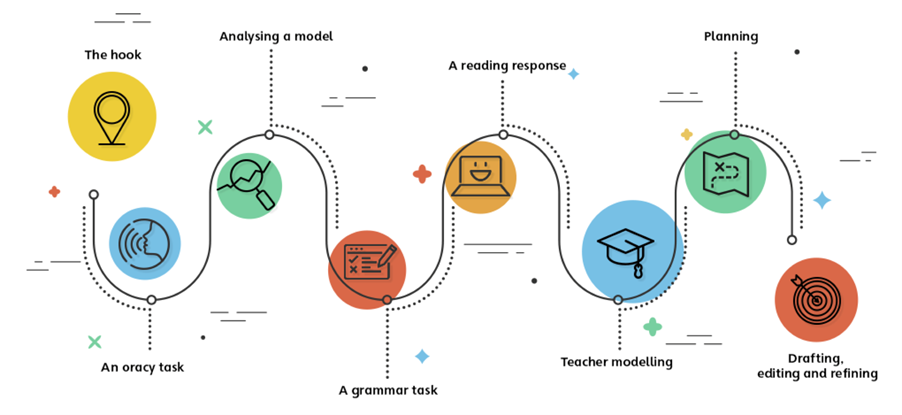
Think about the last piece of writing you did with your pupils. Were they invested from the very beginning? Were they engaged throughout? Did you include these steps that have such a significant impact on the final written piece?
Think of yourself as the train driver. You know every station along the way, what you need to pick up at each stop, where the final destination is and how that final written output looks. Hopefully, if you get off to a great start and can balance all the different components you need to manage, your journeys will be smooth, scenic and lots of fun!
There is a lot more to say about teaching reading and writing together and the team at Giglets is ready to talk to you about enhancing your literacy provision. Contact us at info@giglets.com or start your free trial today.
